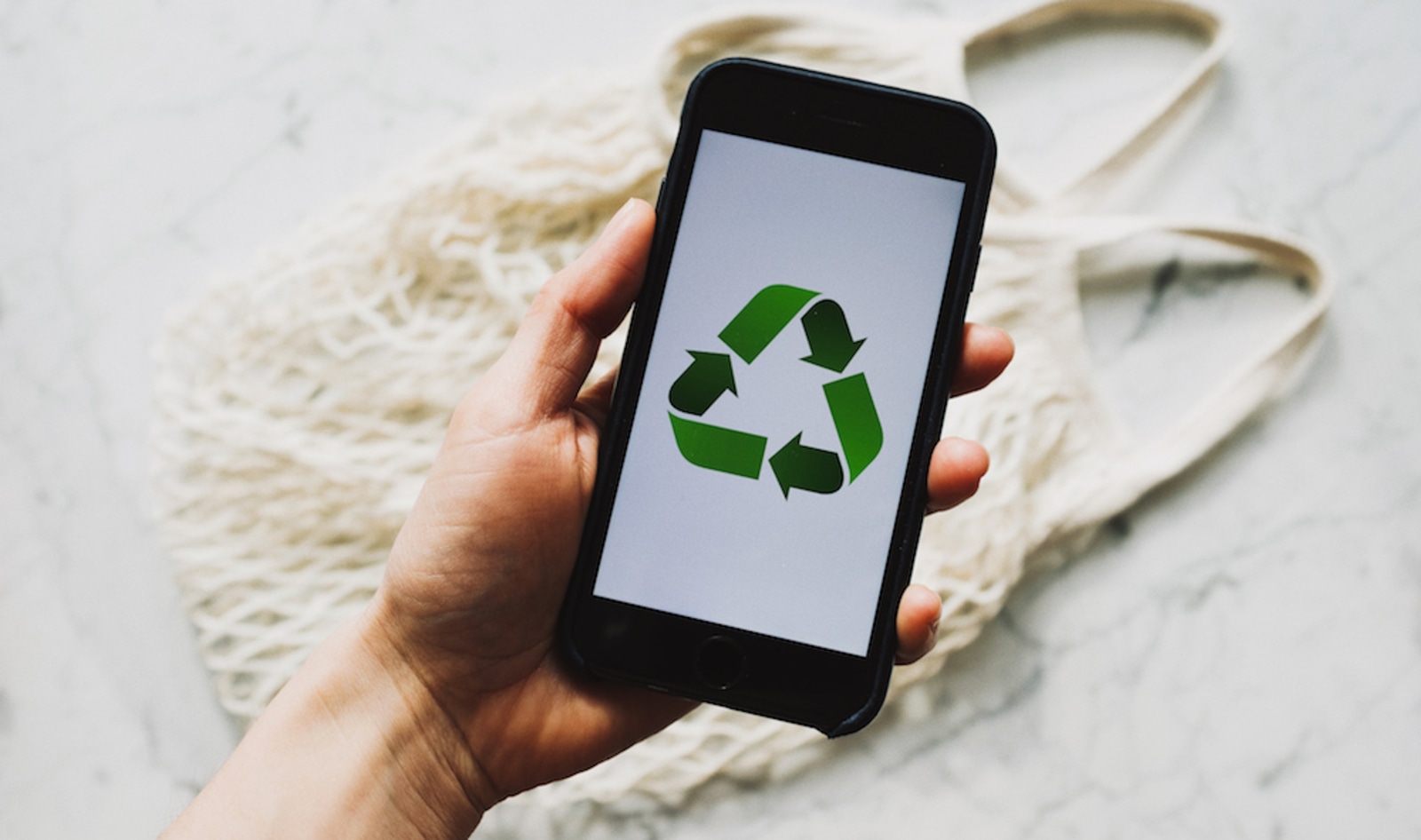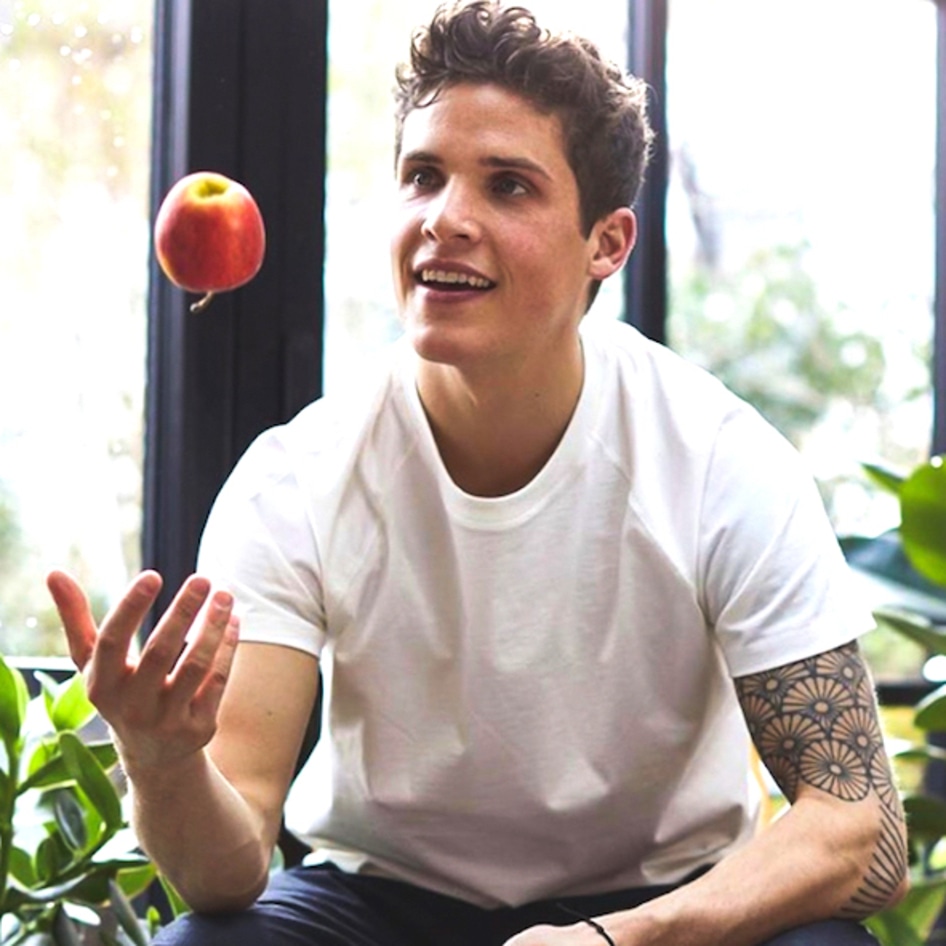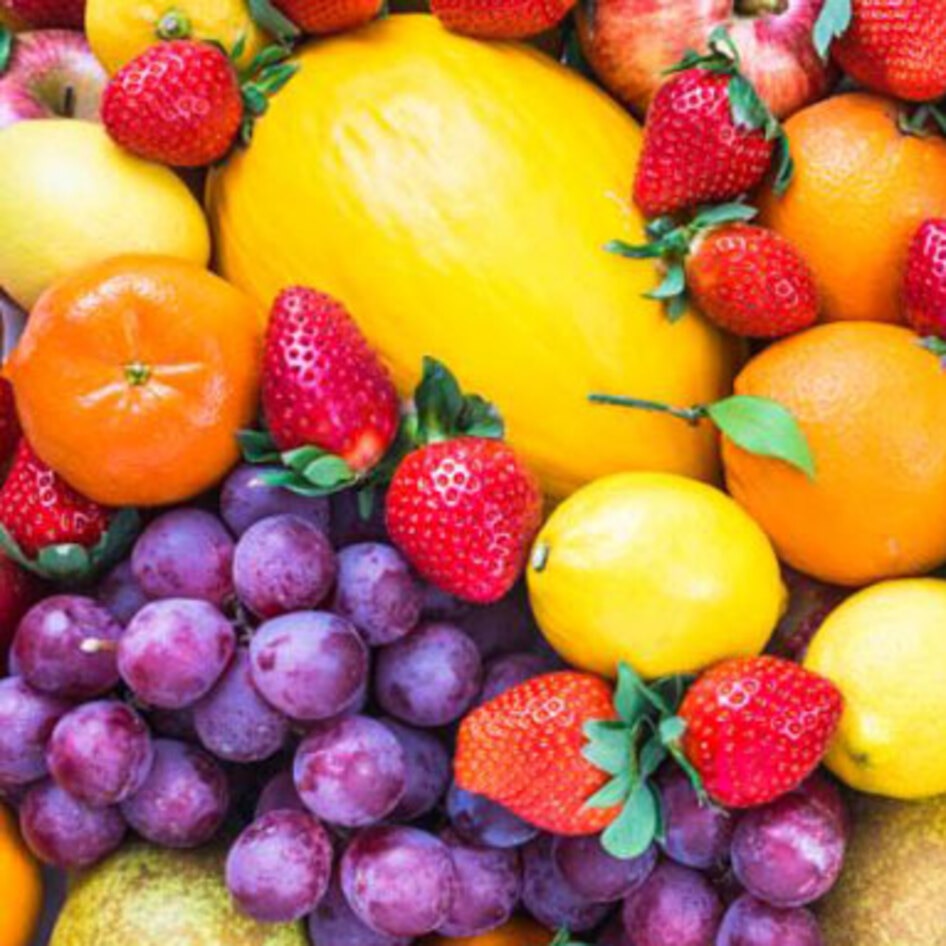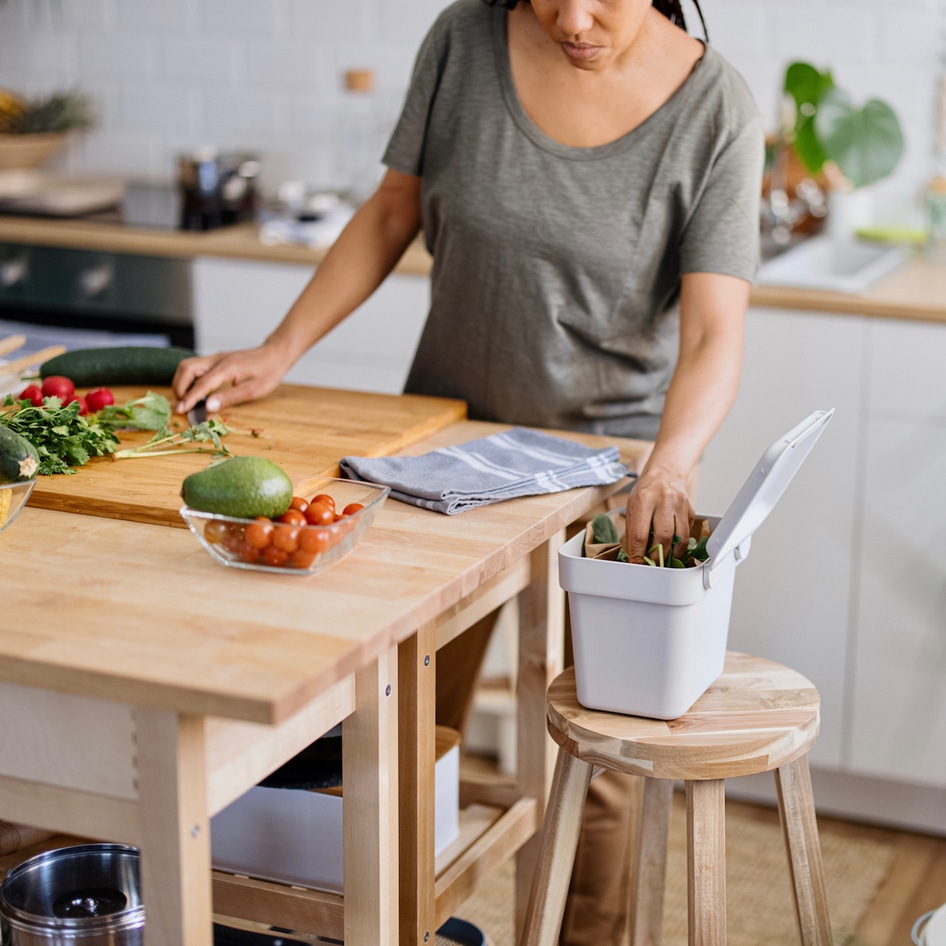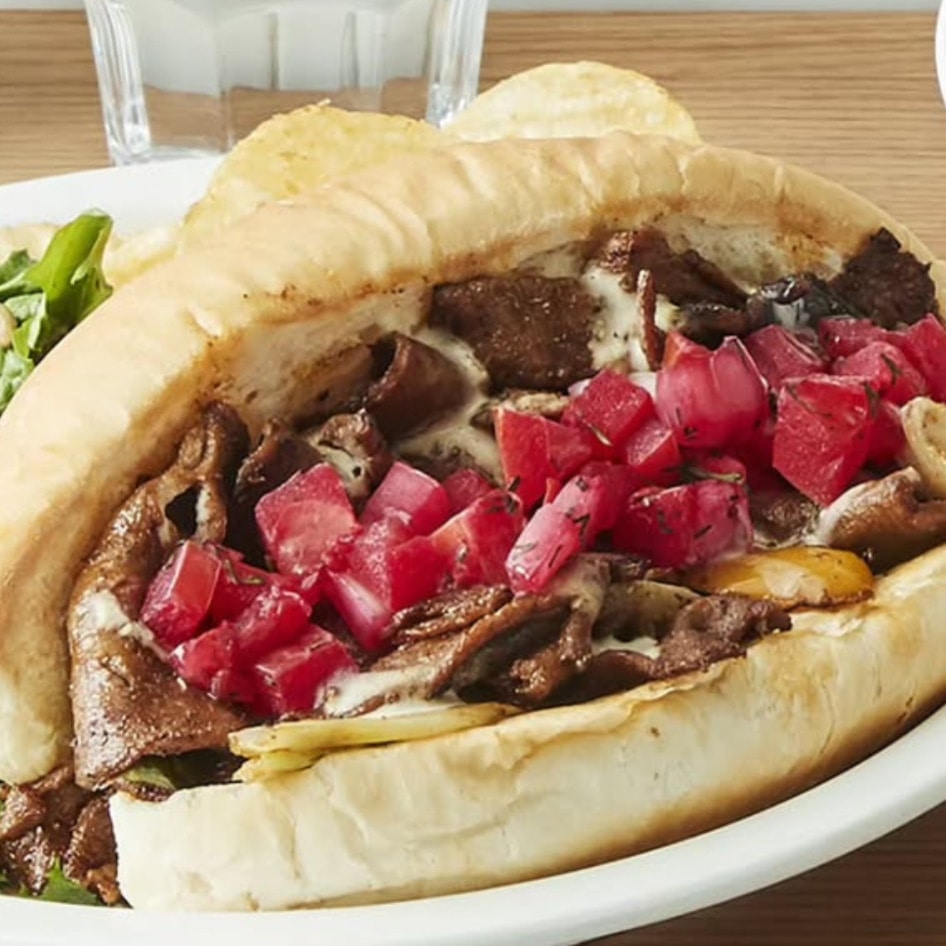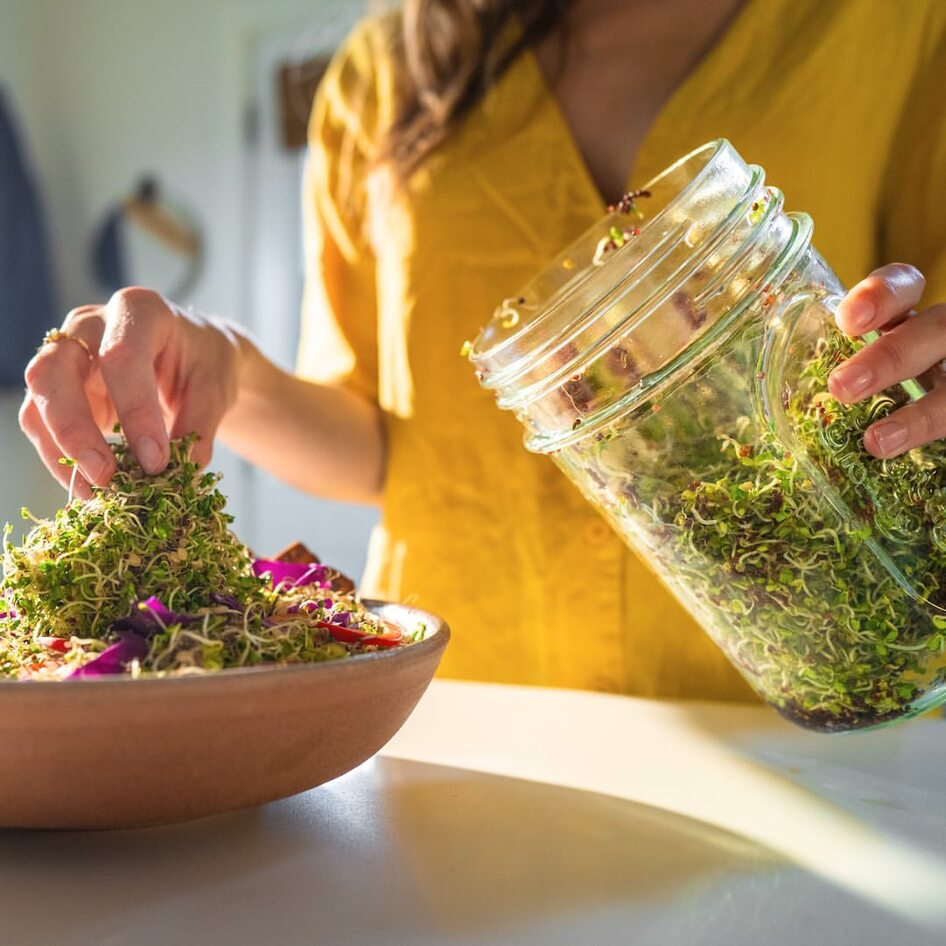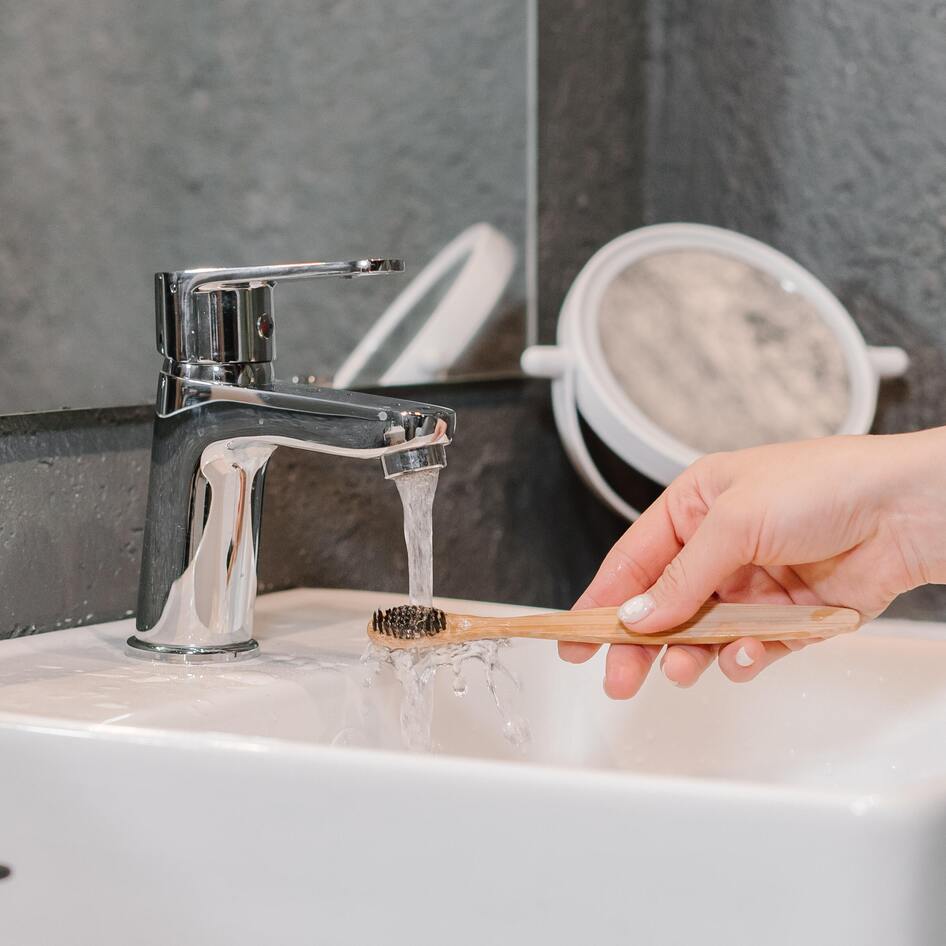The average American creates 4.9 pounds of waste per day. Of that waste, 1.2 pounds are recycled, 0.4 pounds is composted, and the other 3 pounds are sent to landfills or incinerators, where they will sit (perhaps forever), polluting groundwater and releasing greenhouse gases. Reducing waste is a surefire way to help the environment, but can sometimes be confusing with all the options available. In honor of National Composting Day, we’re breaking down composting and recycling to help keep you from reverting back to the garbage bin.
1 What’s in a Name?
Recyclables are items that can be reprocessed into new items, such as paper, aluminum, plastic, and glass. Biodegradable products, unlike recyclables, are capable of decaying naturally into water, biomass, and carbon dioxide through the actions of other living organisms. Examples of biodegradable products include cardboard and corn-based cups. Compostable items, such as food and yard waste, are biodegradable by definition—they decompose and release valuable nutrients for flora without toxic residue. While compostable items will eventually decompose no matter where they are, landfills lack the oxygen and microorganisms needed for timely decay, so make sure to separate compostables.
2 Do Try This at Home
If you’re looking for a new eco-friendly activity to try, give composting and recycling a go. Both help the planet by reducing landfills, cutting back on greenhouse gasses, and saving local and states governments money. The first US recycling center opened in 1896, and more than a century later, cities across the country participate and often require recycling programs for their citizens. Composting programs, while mandatory in some cities such as San Francisco and Seattle, are not yet as popular and widespread as community recycling programs. With 1,200 pounds of garbage per person annually that should be composted, and composting being more environmentally efficient than landfills or incinerators, it should be an everyday practice. There’s no need to truck compost off to your neighborhood waste disposal when you can use compost as a fertilizer. (Garden-free? Check out findacomposter.com to find a disposal site nearby. Make sure to call ahead and verify their business hours.). It will almost guarantee the prettiest perennials you’ve ever seen. Find out how to turn your food scraps into flower fodder with the US Composting Council. For recycling drop-off spots, check out earth911.com.
3 What Goes Where?
A few simple questions are needed when you’re heading toward the waste bins. Ask yourself:
1. Can I (or my dog, or bacteria) eat this? If so, it’s compostable.
2. Did this contain food? Berry cartons, pizza boxes, coffee filters, tea bags, paper ice cream containers, even take-out boxes are compostable. Glass bottles, aluminum cans, cereal boxes, portable coffee cups, and more are recyclable. One caveat: if the paper is coated (it has a shiny or waxy surface), it should go in the garbage. Additionally, all plastic bags are neither recyclable nor compostable, so gather them all up and bring them with you next time you get groceries—many grocery store chains have a plastic bag-reusing program.
3. Did I read it? All paper—newsprint, printer paper, envelopes, tissue paper, magazines, catalogs, phonebooks, and sticky notes—should be thrown into the recycle bin.
4. Did I check for labels? If you’re not sure what it’s made of, check the package. It might have a label or say that it is recyclable, compostable, or biodegradable.
Still confused? Check out sfrecycles.org or your local waste management site for complete lists of compostable, recyclable, and landfill items.
With three bins and a little know-how, you can literally help save the planet simply by properly disposing of your banana peels and junk mail. No cape necessary.
For more eco-friendly tips, read:
9 Ways to Cut Plastic from Your Life and Help Animals
20 Vegan Sustainable Instagrammers to Follow
10 Easy Swaps for an Eco-Friendly Home
JUMP TO ... Latest News | Recipes | Guides | Health | Subscribe

